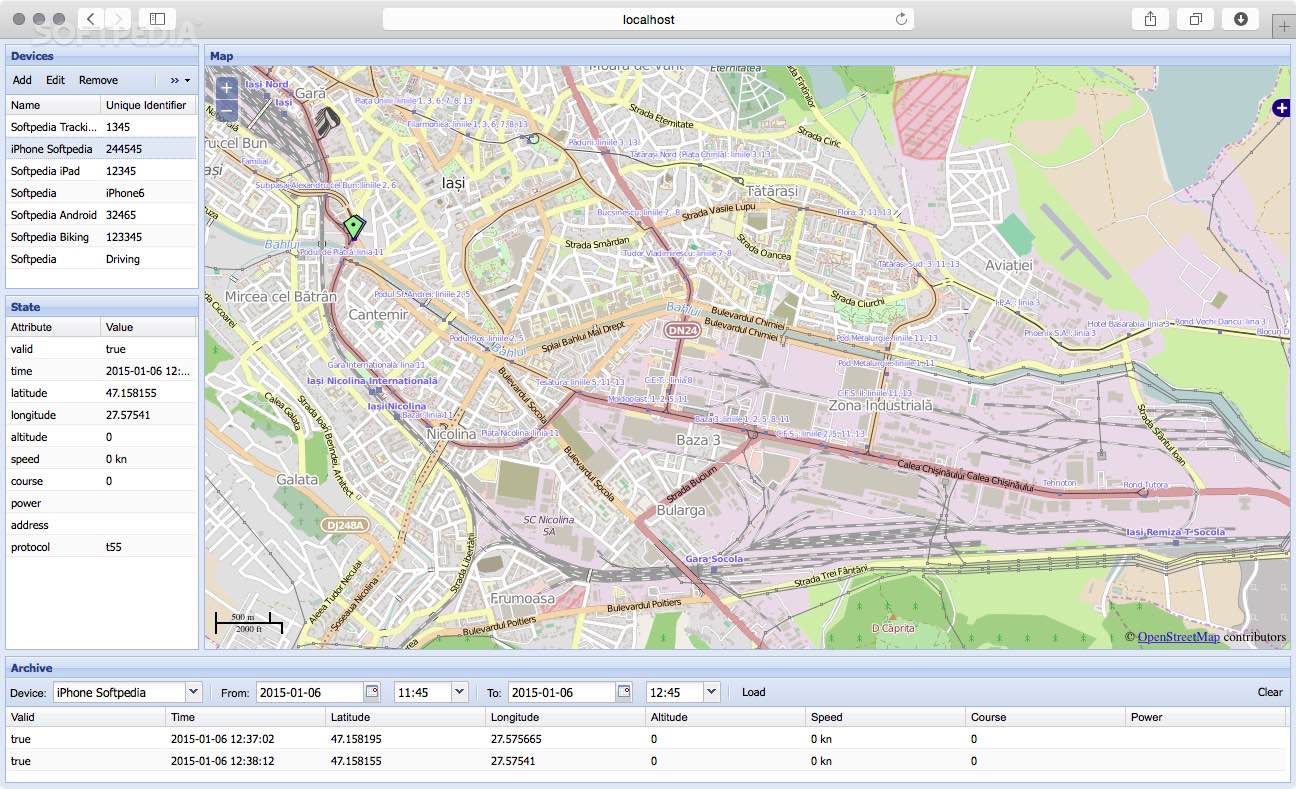

Some basic functional features may get added purely on the basis of requests (Without up votes) as well.
Raise a request for the feature in github issues on here. (The more vote for a request) the higher the chance for that feature to be implemented on here. Create a feature request and get upvotes for the same. Login, Signup & Logout UI has been implemented.Īny feature required will be added on the basis of reqeusts made. Open the file app.Traccar-ui-php (Traccar Custom UI usage with PHP) Demo: Ī Custom PHP UI using traccar-api-php, an easy to understand implementation. The last piece we need to implement is the HttpServer that will listen to port 8080. Create the HTTP ServerĪt this point, we have successfully created all of the logic needed to process incoming connections to our server. OnError - This method fires if there is an error thrown by our connection. OnClose - As the name suggests, this method will fire if a connection is closed by the client. We’re also making sure that we do not send the message back to the client who sent it. In our example, we’re simply sending each message to every client in real-time. Notice that, in addition to capturing the $msg, it also accepts the $from parameter so our application can decide what to do based on which client is connected. OnMessage - Probably the most important part of our application, this method actually handles the message or data sent to our server. This could be used to store the connection ID in a database, cross-reference it with another service, or-as in our case-store the connection in a collection of clients. OnOpen - This method allows us to respond to when a new connection is made to our server. Here’s a brief summation of the responsibilities of each method: The MessageComponentInterface is an abstract class and therefore requires that we implement all four methods onOpen, onMessage, onClose, and onError, whether we actually use them or not. In your terminal, run the following commands to generate the project directory and all required files: ngrok for creating a tunnel to our client-side applicationĬreate our Application Directory and Files. 
Composer for storing our application dependencies.In order to complete this tutorial, the following prerequisites are needed: Unlike AJAX requests, WebSockets are bi-directional (push-pull), meaning that both the client and server can listen to each other in real-time and respond to any changes. Websockets are low-latency (or fast), persistent connections between a server and one or more clients.

This sample application is built on the standard basis for modern chat applications and will get you started with building your own WebSocket-based application. Every time the user sends a message their message will be displayed in real time on the other screens. Our form will display a single and to send a message to all client browsers.
Traccar php how to#
In this tutorial, we will be using Ratchet with PHP to learn how to create a simple WebSocket server that processes messages sent from an HTML form in real time. While there have been great attempts to bring PHP into the discussion of “real-time” development, most have paled in comparison to the Ratchet project a PHP WebSocket library for serving real-time bi-directional messages between clients and server. Additionally, Apache, the HTTP server PHP normally runs on, is not built with persistent connections in mind which forces the responsibility of implementation onto 3rd party libraries. When WebSockets are discussed, PHP is rarely included in the conversation due to its lack of native support.







 0 kommentar(er)
0 kommentar(er)
